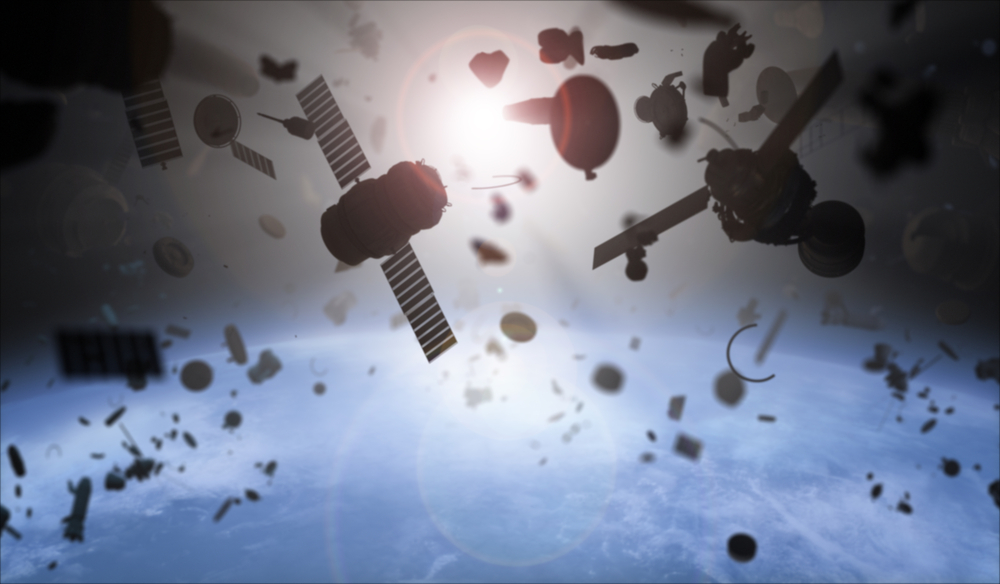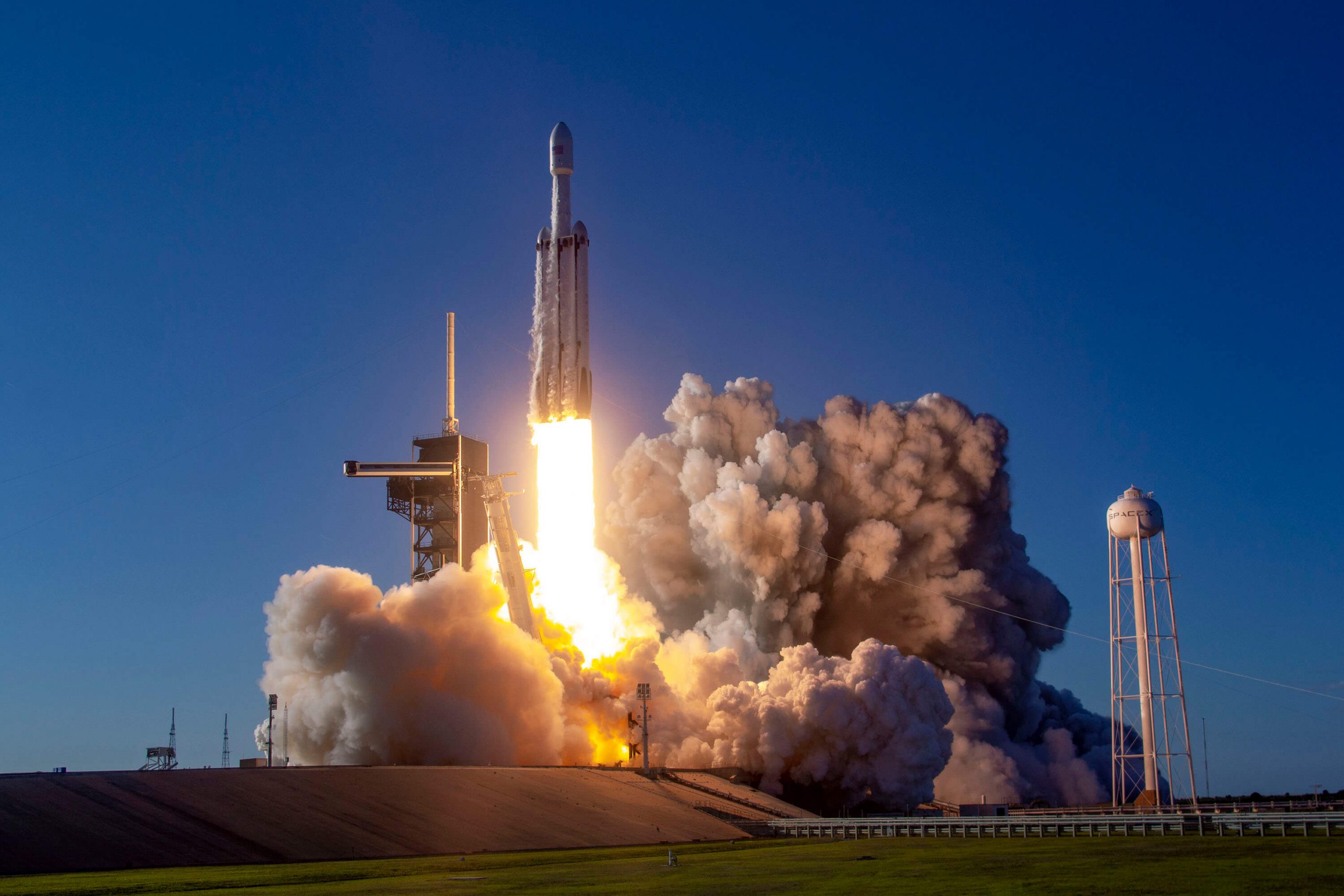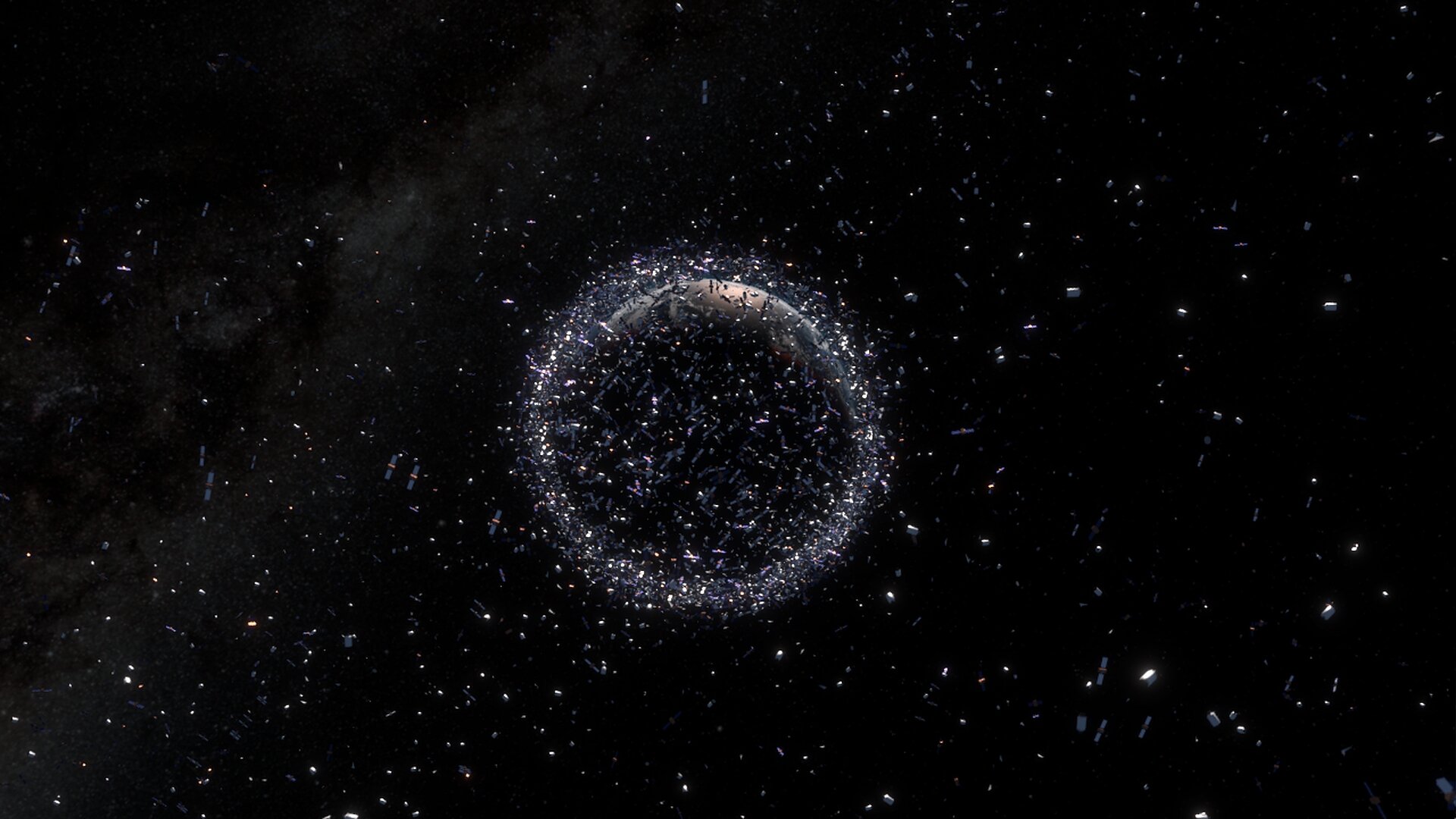How did it all start?
“NASA has decided to put up for public discussion the issue of the number of satellites on
We are talking about plans put forward by AST & Science,which intends to build a constellation of more than 240 large satellites, essentially deploying “cell phone towers” in space. The goal is to provide 4G and possibly 5G broadband connections directly to cell phones on Earth. The Midland, Texas-based company calls its constellation SpaceMobile and is willing to spend about $120 million on the new project.
Causes of NASA's acute reaction
The space agency was forced to comment on AST's proposal for several reasons.
In particular, the proposed height forThe SpaceMobile constellation is located next to the A-Train, a group of 10 Earth-science monitoring satellites used by NASA and the US Geological Survey, as well as US partners in France and Japan. “The company interested in AST & Science specific region of space is in great demand. Our experience with A-Train has shown that the location where a new constellation of satellites is about to be launched has many critical connections that would be highly undesirable to interfere with,” NASA said in a statement.
But that's not the space agency's only concern.

The satellites themselves, which AST & Science wantslaunch into orbit are also very large. To provide services, the company plans to build spacecraft with large phased array antennas with an area of 900 square meters. According to NASA, when planning possible connections with other satellites in this orbit, a huge limiting radius (to prevent collisions) will be required - 10 times larger than other satellites.
In addition, the space agency noted thatmaneuvering around SpaceMobile's constellation of satellites would be extremely tedious. “A constellation of 243 satellites would require 1,500 mitigation actions per year and approximately 15,000 planning activities,” the space agency said. “That equates to four maneuvers and 40 active planning activities on any day.”
Finally, the space agency is concernedthe fact that AST has never created a satellite that is remotely close in size to those that they will create. Given this lack of experience, NASA fears satellites could simply fail. This will render them unable to maneuver. The space agency has stated bluntly that, in such a case, the risk of a catastrophic collision is "unacceptably high."
And this is not to mention the possible new contamination of the Earth's orbit by space debris.
Space pollution problem
- What is space debris?
Space debris or space debris is any mechanism or debris left by humans in space.
This can apply to large objects suchlike dead satellites that are out of order or remain in orbit at the end of their mission. It can also apply to smaller items such as debris or paint stains dropped from a rocket.
Rockets can release many small debris as they reach space, as shown in this video.
- How much debris is in space?
Currently there are about 2000 active satellitesorbiting the Earth, but another 3000 dead littered space. What's more, there are about 34,000 pieces of space debris that are over 10 centimeters in size and millions of smaller pieces that can nevertheless be disastrous if they collide with something else.
 The world's first satellite, Sputnik 1, was launched by the Soviet Union on October 4, 1957. Photo: NSSDC, NASA via Wikimedia Commons.
The world's first satellite, Sputnik 1, was launched by the Soviet Union on October 4, 1957. Photo: NSSDC, NASA via Wikimedia Commons.
- How does space debris get into space?
All space debris is the result of various launches of the Earth. Spent rocket parts and broken satellites remain in orbit until they re-enter the atmosphere.
Some objects in lower orbitsare located several hundred kilometers from the surface of the Earth and return quite quickly. They enter the atmosphere after a few years and mostly burn up, so they do not reach the ground. But debris or satellites left behind at altitudes above 36,000 kilometers—where communications and weather satellites are often placed in geostationary orbits—could continue to orbit Earth for hundreds or even thousands of years.
 Since the beginning of the space age in 1957, more than 5,000 rocket launches have been launched into orbit. © SpaceX (CC BY-NC 2.0) via Flickr
Since the beginning of the space age in 1957, more than 5,000 rocket launches have been launched into orbit. © SpaceX (CC BY-NC 2.0) via Flickr
Some space debris originates inas a result of collisions or anti-satellite tests in orbit. When two satellites collide, they can break into thousands of new pieces, creating a lot of new debris. Several countries, including the US, China and India, have used rockets to detonate their satellites. This creates thousands of new pieces of hazardous debris.
How many satellites are in orbit now?
Have you ever wondered how many satellitesrevolves around the earth? According to the Union of Caring Scientists (UCS), which maintains a database of active satellites in orbit, as of April 1, 2020, there were a total of 2,666 satellites in space, of which 1,918 were in low Earth orbit (LEO).
And this is only until April. Since then, there have been many more launches. SpaceX has scored the most so far, launching satellites this year, on average, one mission per month for its Internet project Starlink. At the moment, he has launched more than 600 objects into orbit and is planning several tens of thousands more. Amazon recently announced plans to launch a mega-constellation of over 3,000 satellites to provide internet connectivity in under-connected parts of the world. Research firm Euroconsult predicts the 2020s will be the decade of small satellites and expects an average of 1,000 launches per year. For comparison: in 2019 there were a total of 385.
 Thousands of retired satellites currently orbit the Earth, as well as tens of thousands of pieces of space debris © ESA / ID & Sense/ONiRiXEL
Thousands of retired satellites currently orbit the Earth, as well as tens of thousands of pieces of space debris © ESA / ID & Sense/ONiRiXEL
As satellites get smaller, it becomes easier to build and launch them. This may sound like a great idea to some, but some experts are worried.
"Space may seem endless, butcapabilities for the safe placement and maintenance of an object in Earth orbit — No. The risk of collision between objects in space is very real, and major collisions have already occurred,” said Michael Dominguez, a former senior Defense Department official who served as the acting secretary of the Air Force and the Department of Defense's executive agent for space. Even a single collision can create a dangerous debris field that could cripple some of the critical technologies we depend on. We are talking about global communication and navigation. One mistake could put astronauts on the International Space Station at risk. The financial consequences of a catastrophic collision could be enormous, he concludes.
How did the creators of the new constellation of satellites react to the criticism?
Ars Technica reporters requested comment fromAST. Representatives, in response to criticism from the space agency, said they are willing to work with NASA to reduce concerns. “We reviewed the NASA appeal and are confident that we can work with them to resolve all issues. In addition, we are ready to provide details of the construction of the constellation AST. We are confident that the safety of NASA and other orbital objects is not threatened, ”said Raymond Sedwick, chief scientist for space systems at AST.
What will the FCC decide?
AST has already received a license to useV-band spectrum from Papua New Guinea (yes, it's legal). But to access the US market and sell its services, AST still needs to obtain permission from the FCC - the US Federal Communications Commission.
When it comes to megaconstellations includingSpaceX's Starlink, OneWeb and others, the FCC begins to consider the issue of debris pollution of near-Earth space. Of course, it comes down to putting hundreds, if not thousands, of new satellites into near-earth orbit. What the FCC will decide remains unclear and the reason for the uncertainty is simple. The federal agency has two competing interests.
Overall, the FCC has been incrediblelenient when it came to issuing spectrum licenses to satellite operators. “I don’t know of any example of the FCC refusing to issue such a license,” says Brian Weeden, a satellite operation expert at the Secure World Foundation. “They try to be business-friendly and encourage companies to do business in the US.”
However, the FCC has exercised its authority toand the use of spectrum to influence the space debris situation by requiring satellite operators to protect governments from potential accidents, and by placing high demands on facility maneuverability. The discussion period for the proposed rules, which were first published in April, ended last month. It is unclear what the final regulations will look like, but satellite operators have already described some of the ideas as too burdensome.
Finally, it is unclear how the FCC will tackle the problems of NASA, which already knows a thing or two about space and is generally speaking for the first time on this topic.
What's the bottom line?
Overall, this commotion between NASA and AST isfurther evidence that the US government and other space powers around the world need to work harder to reduce debris in low Earth orbit. It is important to take into account possible situations with catastrophic collisions at the stage of satellite development. There is no government agency specifically mandated to provide security in low-Earth orbit, and existing models are unable to fully capture the threat posed by new and old satellites, spent second stages of rockets and other debris. In a sense, when new mega-constellations are flying into space today, the regulators are acting blindly. It could end badly.
Read also
Ancient fossil from Africa reveals how dinosaurs crossed oceans
The annual mission in the Arctic has ended and the data are disappointing. What awaits humanity?
See the closest shots of the Sun's surface